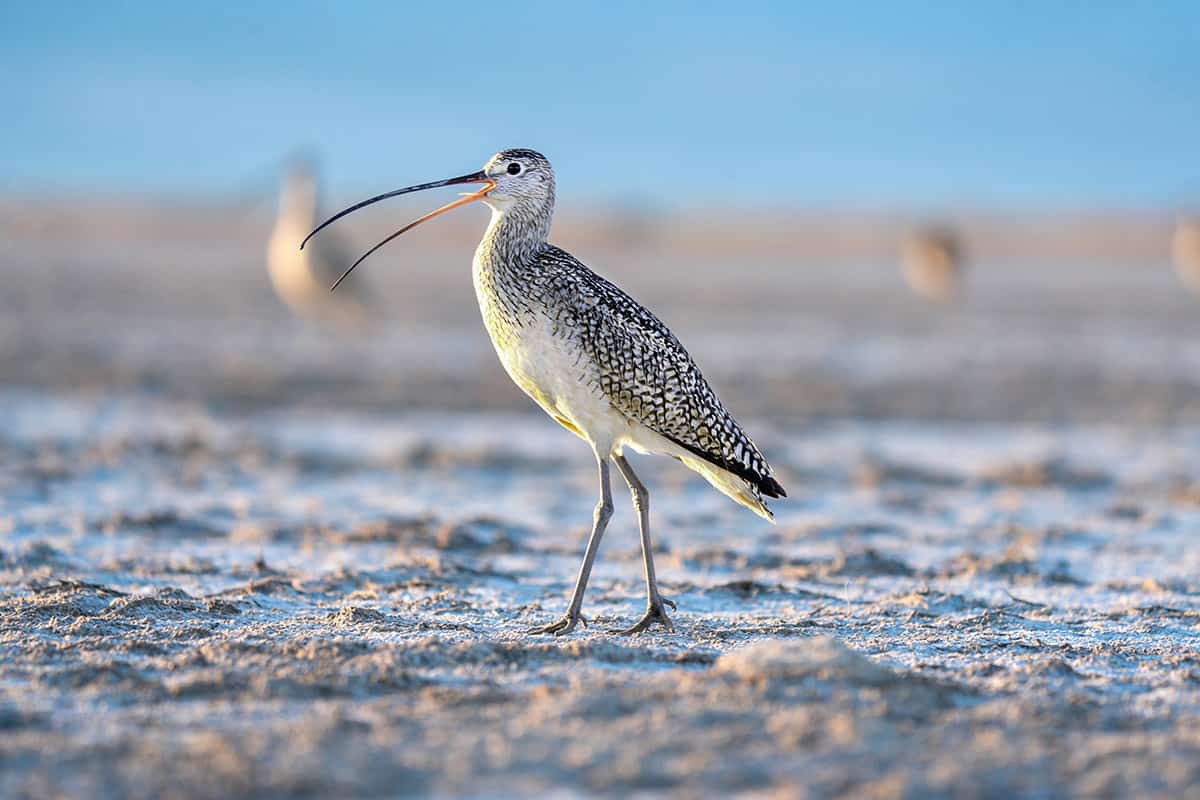This spring, American Bird Conservancy, North Dakota Game and Fish Department (NDGF), and Intermountain Bird Observatory partnered to equip nine Long-billed Curlews with satellite and cellular tracking devices in the Dakotas. Curlews have lost much of their historical range; identifying key habitat features will help land managers to make decisions that stabilize and improve the population. Tagging efforts build on four years of roadside surveys funded by NDGF. For more information on this project, see the previous NGPJV newsletter article here.

As we were sleeping just after midnight on July 11th, a tagged female curlew lifted off her nesting site in Harding County, South Dakota. She skirted the eastern side of the Black Hills and over Rapid City by 3am, then crossed the Nebraska-Kansas border around noon on a nonstop, 33.5-hour flight to the Texas coast nearly 1400 miles away! One other individual did a nonstop flight. The other seven migrated between June 15th and July 11th, traveling for 2.5 to 8 days and stopping to feed and rest on agricultural lands in Nebraska, Kansas, and Colorado. Five of the curlews have been using coastal mudflats on the Texas and Mexico Gulf Coast, two are at a lake complex in interior Mexico and two have spent most of their time on a mix of crop and rangelands in the Texas Panhandle and New Mexico. In late October, the latter bird flew another 600+ miles southeast to cropland and even some suburban areas in southern Texas. Curlews use working lands in all stages of their annual cycle, offering a great focal point for habitat work and discussions with producers across the Great Plains.
For more information, check out this latest news piece by ABC- https://abcbirds.org/news/tracking-long-billed-curlews/
South Dakota ABC, NRCS Habitat Project: Cattle, Curlews, and Conservation

